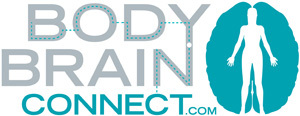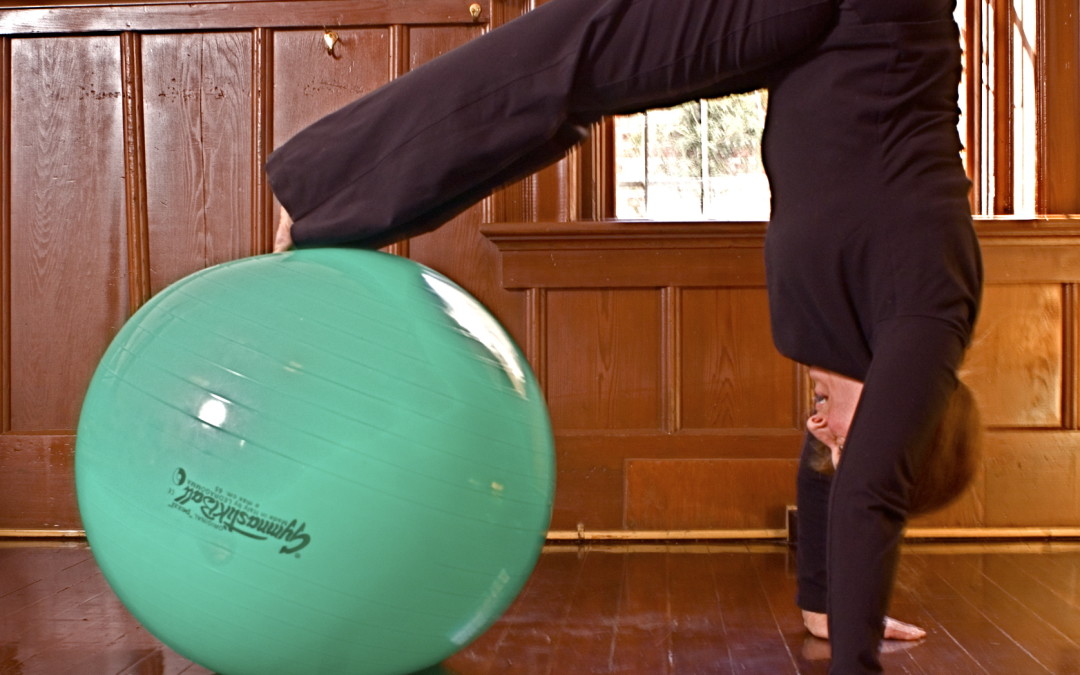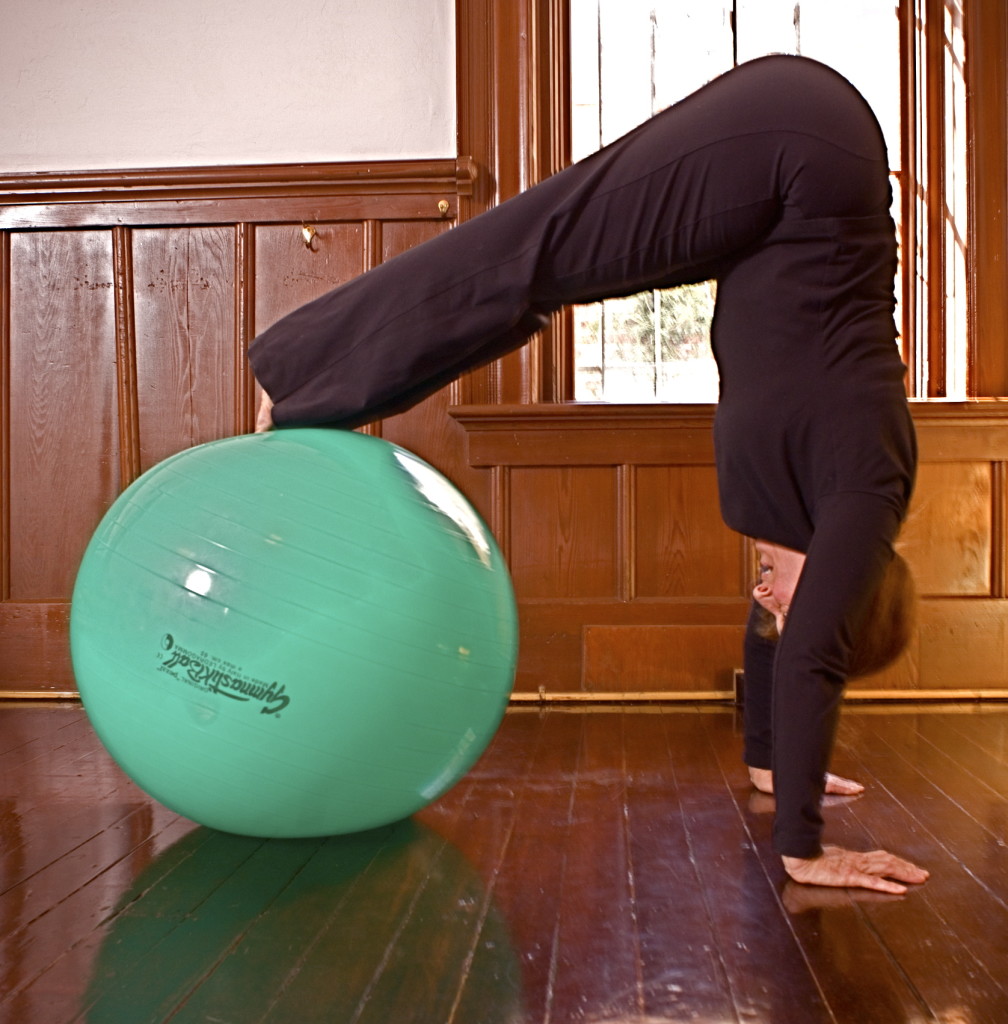The Taylor and Ivry article makes three useful points about motor learning, teasing out the difference between motor strategy and motor adaptation, and exploring how they work together to contribute to motor learning.
Here are my three takeaways:
1) Strategy is conscious movement learning to obtain a specific goal
2) Adaptation tweaks learned movements and is sensitive to error detection
Adaptation occurs when you shake up learned movements.
Three things define adaptation.
- It’s the modification of a previous learned movement.
- The change occurs with repetition over minutes or hours
- Once adapted, there are “after-effects” and you must re-adapt.
Adaptation is a short-term motor learning process. It notices errors and predicts movements. In essence, adaptation means taking movements you’ve already learned and tweaking them in a new context. Adaptation is important because it creates flexible control so you can handle temporary changes.
Let’s say that while you are doing a pike on the ball at the gym, your workout partner decides to challenge you by pushing on the ball. As you pike, he puts a small pressure on the side of the ball. This will make one side of your abdominals work harder than the other side. At first you almost fall over, but after awhile you adapt to his pushing. Then he stops the force. On your next attempt, your body anticipates the force, and you fall off the ball. Your tendency to “overcompensate” is called an after-effect. After a few attempts with no counterbalancing force, this after-effect dissipates.
Joseph Pilates built adaptation into his exercise system. The Pilates teaser, for instance, is an exercise that can be performed on almost all of the Pilates apparatus, including the mat, the Cadillac, the Arc Barrel and the Reformer. Each piece of equipment changes the challenge of the exercise, making the movement become easier or harder. As you perform the teaser on each piece of equipment, your body must adapt.
Adaptations are valuable building blocks for learning motor skills in different environments. Once you practice the teaser consistently on each piece of equipment, you won’t just have one clear motor learning skill, you will have separate motor maps for each challenge.
3) If we pay attention to both strategy and adaptations, we can improve mindful movement practices.
When you become aware of your movements, you can, like the high jump champ Fosbury, consciously make choices to change your movement patterns. You can change things up with movement adaptations to challenge your movement patterns. With practice, you will create new movement patterns. You can build adaptation into your mindful workout by adding props to an exercise or doing the same exercise on different pieces of equipment.
Read the Mindful Movement and Attention Networks 3 part series
Attention Networks in Mindful Movement Part 1 Alerting
Attention Networks in Mindful Movement Part 2 Orienting
Attention Networks in Mindful Movement Part 3 Executing
Learn how to apply these techniques into practice at the November 8-10th Workshop.





